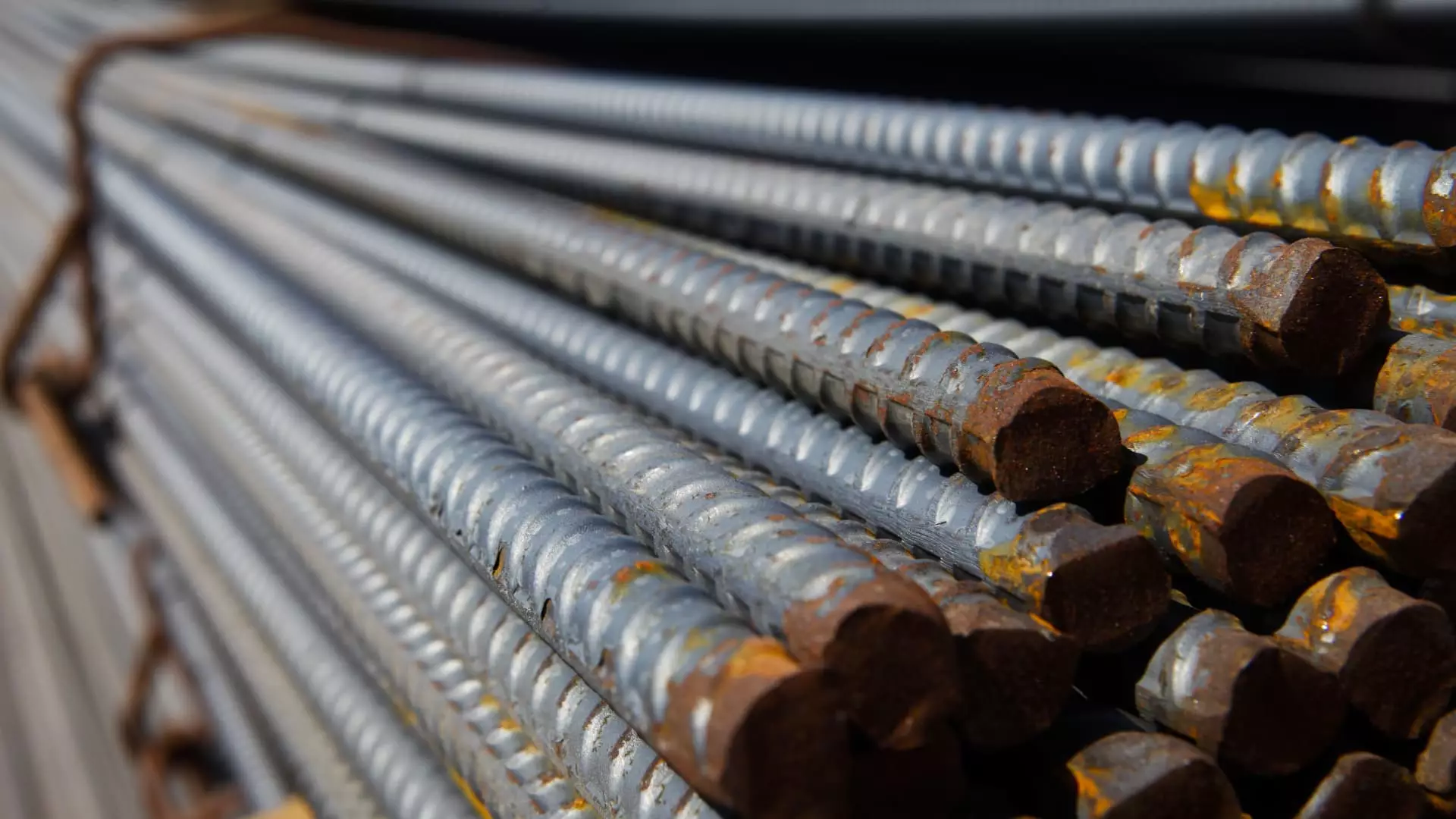The recent decision by President Donald Trump to impose significant tariffs on imported steel from Mexico, Canada, and China has reverberated throughout the financial and industrial sectors. While this move appears to bolster the hopes of American steel manufacturers, a deeper analysis unveils an array of complexities and potential risks that may cloud the long-term outcome for U.S. steelmakers.
Imposing a 25% tariff on steel imports from Mexico and Canada, as well as a 10% duty on Chinese imports, was intended to level the playing field for domestic producers who have long contended with the issue of illegal dumping. President Trump’s administration aims to enhance the competitive stance of U.S. steelmakers; however, the reactions in stock markets reflect a mix of trepidation and optimism. Key players, such as Nucor and U.S. Steel, initially experienced positive shifts in their stock prices, yet the overall market experienced fluctuations, highlighting the uncertainty surrounding these new tariffs.
The strategic pause on tariffs against Mexico for an additional month, contingent on military cooperation at the border, demonstrates the intricate interplay of international trade relationships and domestic policies. This pause mitigates immediate market fallout but illustrates the fluidity of trade negotiations in this politically charged environment.
While tariffs are meant to bolster U.S. steel production by making foreign steel more expensive, analysts suggest that any gains could be counteracted by a sluggish demand forecast. Morgan Stanley predicts a marginal growth in steel demand of only 1.6%, raising questions about the sustainability of price increases. Although increased protectionist measures could lead to improved pricing power for domestic steel producers, it is important to note that any price rise is contingent upon broader economic factors, including demand in the manufacturing sector and fluctuations in global supply chains.
Market experts express cautious optimism, yet the prospect of reduced auto production—a major consumer of steel—presents significant downside risks. With approximately 25% of U.S. steel demand stemming from the automotive industry, any downturn in auto manufacturing could create a ripple effect, dampening demand and undermining potential benefits from the tariffs.
The situation presents myriad potential risks that could overshadow the initial positive impacts of the imposed tariffs. Analysts from Bank of America Securities point out the possibility of long-term declines in steel stock value driven by fluctuating auto production. Furthermore, ongoing negotiations and adjustments in trade policy could lead to instability, making it difficult for steelmakers to plan for the future.
The failed acquisition of U.S. Steel by Nippon Steel serves as a reminder of the unpredictable landscape of the steel industry. With new partnerships forming, such as Nucor’s collaboration with Cleveland-Cliffs, industry players are maneuvering through a volatile environment. The current uncertainties necessitate vigilant monitoring of market trends and policy shifts that could significantly influence both domestic production and international competition.
In summation, President Trump’s tariffs on steel imports usher in a series of potential benefits for U.S. steelmakers, yet the broader economic landscape presents formidable challenges. Immediate stock market reactions are tempered by long-term risks tied to demand fluctuations and the complex geopolitical landscape. Industry leaders must adopt a nuanced approach, carefully balancing the allure of higher prices against the reality of muted demand and the ever-present threat of shifting political dynamics.
As the steel market grapples with the implications of these tariffs, stakeholders must prepare for a future marked by both opportunities and uncertainties. The navigation of this complex terrain will be critical for American steelmakers aiming to solidify their market position in an evolving economy.

